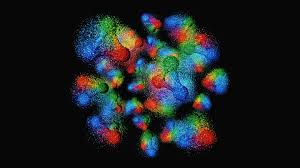Remarkably, in response to Avimelech’s protest over being punished for taking Sarah, Hashem confirms the king’s insistence that he had acted innocently, believing that Avraham and Sarah were, as they had claimed, brother and sister.
“I, too, knew,” Hashem tells Avimelech in a dream, “that it was in the innocence of your heart that you did this” (Beraishis, 20:6).
So, if Avimelech was innocent in taking Sarah, why didn’t Hashem merely prevent the king from approaching her? Why were he and his family and entourage physically punished?
Perhaps the answer lies in what Avraham told Avimelech, when the king demanded an explanation for having misled him:
“Because,” Avraham explained, “I said ‘There is no fear of G-d in this place’” (ibid, 11).
A leader, that tells us, has the ability, and responsibility, to influence the mores of his society. And if a society evidences lack of “fear of G-d,” its leadership is implicated in the evil.








